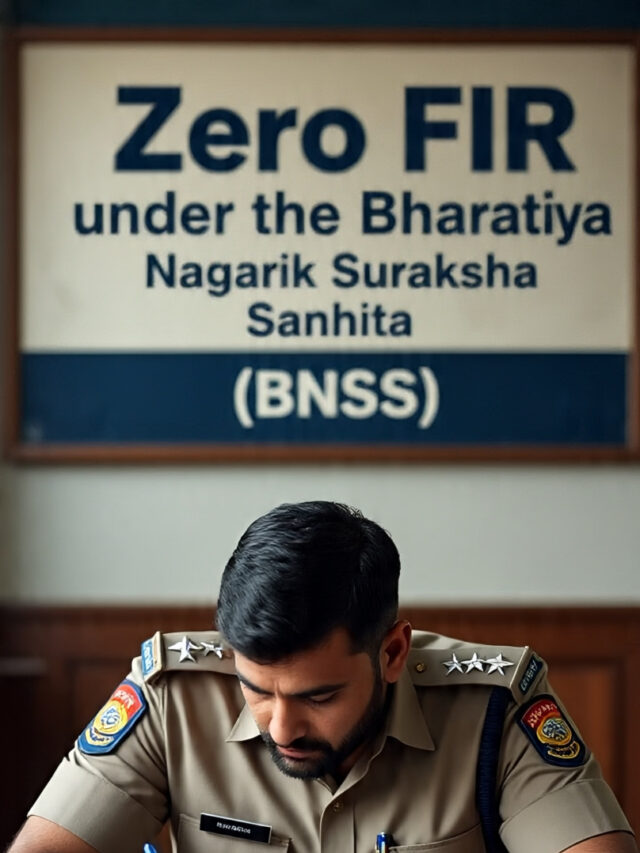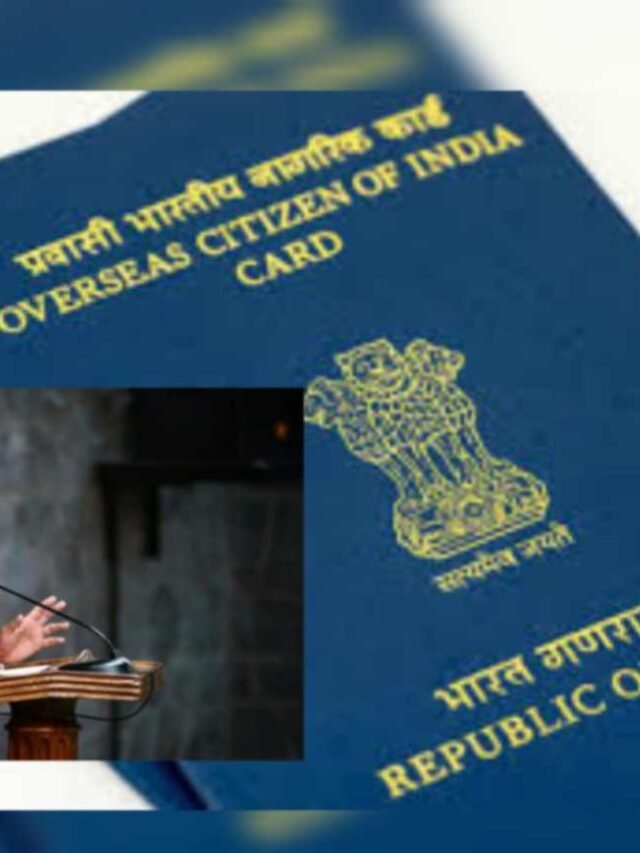Understanding Caveat under Section 148A of CPC
Meaning of Caveat
The term “caveat” originates from Latin, meaning “let a person be aware.” In legal context, it serves as a notice, urging refraining from specific actions without informing the party issuing the notice. Section 148A of the Civil Procedure Code (CPC) addresses the provision related to caveat.
Judicial Interpretation in Nirmal Chand v. Girindra Narayan
While the CPC does not explicitly define caveat, the case of Nirmal Chand v. Girindra Narayan elucidates it as a warning to the court. It signifies that no order or judgment should be passed without providing notice or hearing the caveator. The individual initiating a caveat is known as the Caveator, and the party instituting or likely to institute a suit is referred to as the caveatee.
Objectives of Caveat
The primary purpose of a caveat is to prevent the court from passing ex parte orders, ensuring that the interests of the caveator are duly protected. Additionally, caveat aims to alleviate the burden on the court and streamline legal proceedings, ultimately contributing to the conclusion of litigation and reducing procedural complexities.
In the case of Kattil Vayalil Parkkum Koiloth v. Mannil Paadikayil Kadeesa Umma, the court emphasized the cost-saving and convenience aspects of caveats. It ruled that no caveat can be lodged by an individual entirely unrelated to the ongoing suit, highlighting the intended purpose of caveats to serve the efficiency of the court.
When to lodge a Caveat?
Under Section 148A, individuals have the right to lodge a caveat when they anticipate or become aware of a case being filed against them in any court of law. This caveat can be submitted in the form of a petition under the following circumstances:
- While an ongoing suit or litigation is in progress, and an application has already been made or is anticipated to be made.
- When a suit is on the verge of being instituted, and an application is expected to be submitted in that suit.
Firstly, the focus is consistently on an application within an ongoing suit or proceeding. Secondly, this suit or proceeding may exist in the present, having already been instituted, or it may be anticipated in the future, where the suit has not yet been initiated but is expected to be. Under all such circumstances, the right to submit a caveat comes into effect.
Who may lodge a caveat?
Section 148A further stipulates that a caveat is open to filing by any individual, regardless of their party status in the suit, as long as the caveator holds the right to present themselves before the court concerning the relevant lawsuit. Hence, even a third party can submit a caveat if they, in any way, have a connection to the suit in question.
It is important to reiterate, however, that as previously discussed, a caveat cannot be lodged by an individual completely unrelated to the case, as emphasized in the precedent set by the Kattil Vayalil Parkkum Koiloth v. Mannil Paadikayil Kadeesa Umma case. In conclusion, this provision is of a substantive nature, allowing any person with a claim to the right to appear before the court to file a caveat.
Where can a caveat be lodged?
Whenever the caveator foresees impending legal proceedings against them, they have the option to file a caveat petition in any Civil Court with original jurisdiction, Appellate Court, High Court, or even the Supreme Court. Civil Courts in this context encompass Small Causes Courts, Tribunals, Forums, and Commissions. However, as clarified in the Deepak Khosla v. Union of India & Ors case, it was affirmed that Section 148A of the code exclusively pertains to civil proceedings. As a result, caveats cannot be initiated against petitions filed under the Criminal Procedure Code or those presented under Article 226 of the Constitution of India.
How to file a caveat?
A caveat submitted under Section 148A must carry the signature of either the caveator or their legal representative. If an advocate represents the caveator, the caveat must be accompanied by the advocate’s Vakalatnama.
The caveat, upon submission, is officially recorded in a caveat register maintained by the courts. This registration can take the form of a petition or any other prescribed format.
The caveat register includes essential information such as the date of the caveat, the caveator’s name and address, the names of the plaintiff and defendant, and the anticipated date and number of proceedings as foreseen by the caveator.
Submission of a caveat always involves providing a copy of the caveat, postal proof, and an application explaining to the court that copies have been sent to all involved parties. This step ensures that the court is aware copies have already been distributed, eliminating the need for the court to duplicate the process.
Despite variations in the court fees associated with filing a caveat across different courts, the typical amount is a nominal sum, generally less than INR 100.
The rules and format for submitting a caveat are generally consistent across most courts.
When submitting a caveat petition in the Delhi High Court, adhere to the following steps:
Support the caveat petition with an accompanying affidavit. Ensure that both the petition and the affidavit are duly signed by the caveator.
Alongside the petition and affidavit, include a vakalatnama, any impugned order (if applicable), and evidence confirming the service of notice of the caveat to the Court.
What does a caveat contain?
A caveat or a notice presented to the court, signaling that specific actions should not proceed without notifying the caveator, should encompass the following details:
- Caveator’s name
- Caveator’s address for notice delivery
- Court name where the caveat is lodged
- Suit number and, if applicable, the appeal number
- Concise information about the anticipated suit or appeal
- Names of plaintiffs or appellants and respondents.
Upon the submission of a caveat, if any application is made in a suit or legal proceeding, the court must notify the caveator about such an application. Subsequently, when a notice has been duly served on the applicant, it becomes the responsibility of the applicant, at the expense of the caveator, to furnish the caveator with a copy of the application and any accompanying documents submitted with the application. Failure by the court or the applicant to acknowledge the caveat and inform the caveator renders any decree or judgment passed null and void.
Caveat Proceedings: Contrasting Perspectives in Legal Precedents
In the case of The Reserve Bank of India Employees Association & Anr. v. The Reserve Bank of India & Ors, the appellants lodged a caveat petition to forestall an anticipated injunction order by the respondent. Despite being served with notice and relevant documents, the application’s hearing, initially scheduled for 28-10-1980, took place later on 30-10-1980. The appellants argued that the court’s failure to provide timely notice rendered any judgment void, citing Section 148A(3).
However, the court disagreed, asserting that a caveat provides the right to be informed about the case’s hearing but does not impede the court’s authority to deliver judgments on the case’s merits. The mere filing of a caveat does not diminish the court’s power to issue orders or judgments.
Nevertheless, this stance was overturned in C.G.C Slddalingappa v. G.C Veeranna. In this case, the applicant, having filed a caveat and received notice, found the case decided at a later date without further notice. The court held that the mandatory nature of the notice provision under Section 148A(3) is pivotal, and non-compliance undermines the very purpose of Section 148A. Consequently, any order passed without proper notice was deemed void and null.
Rights and Obligations Arising from a Caveat
Upon the submission of a caveat, distinct rights and responsibilities are conferred upon the caveator, applicant, and the court. Let’s examine these rights and duties individually:
Rights and Responsibilities of the Caveator
According to Clause (2) of the section, when a caveat is submitted under sub-section (1), the caveator is obligated to serve notice of the caveat to the individual who has made or is expected to make an application under sub-section (1). The caveator, during the caveat filing, asserts either an ongoing suit with an anticipated application or an existing application within a suit, expressing the intent to be represented.
Alternatively, the caveator may anticipate a future suit in which an application will be made, and they seek representation in that application. In any such scenario, the caveator reserves the right to be notified when the application is made. However, before being entitled to notice, the caveator must provide notice to the person from whom they anticipate the application, stating that a caveat has been lodged. In essence, the caveator is required to send notice by registered post to the applicant, emphasizing their expectation to receive notice whenever an application is filed.
Rights and Responsibilities of court
Upon the submission of a caveat and the subsequent service of notice to the applicant, the court assumes its responsibility. As per Clause (3) of the Section, once a caveat has been lodged, and if any application is subsequently filed in any suit or proceeding, the court is mandated to serve notice to the caveator.
In practical terms, this implies that if the caveator has filed a caveat expressing the desire to be represented and, within the following 90 days, an actual application is filed, the court must notify the caveator. This notification informs the caveator that the anticipated application has been filed, granting them the right to present their case and be heard before the court.
Rights and Responsibilities of the applicant
Apart from the court’s notice, the applicant must also serve a notice to the caveator, notifying them of the application concerning the filed caveat. Section (4) of the clause instructs the applicant to furnish the caveator with a copy of their application, including any additional documents submitted in support. The Court will not proceed with the application unless the applicant submits an affidavit confirming the service of notice to the caveator.
Time Limitation
As outlined in clause 5 of the section, the caveat remains valid for a duration of 90 days. If an application is submitted within this timeframe, both the court and the applicant are obligated to notify the caveator. However, in the absence of a caveat within the stipulated 90 days, there is no obligation to inform the caveator. In such cases, if an application is filed after this period, the caveat becomes invalid. Should the caveator desire continued notification, a new caveat must be filed for the subsequent 90-day period.
Common Mistakes in Filing a Caveat
Misapplication of Caveat: Frequently, individuals mistakenly file a caveat in support of an application. It is crucial to recognize that a caveat can only be lodged against an application.
Neglecting Notice Service: Caveators often overlook the mandatory requirement under Section 148A of CPC to serve a notice to the applicant. Failure to serve this notice can result in procedural errors.
Incorrect Claiming of Judgment Inaccuracy: Some caveators erroneously assert that the order or judgment is incorrect simply because notice was given, even if it was after the expiration period. It is essential to note that, after 90 days, a new caveat must be filed for continued protection.
These are common pitfalls to be mindful of when engaging in the caveat filing process
conclusion
Section 148A of the Civil Procedure Code introduces the concept of caveat, providing individuals with a legal mechanism to protect their interests in court proceedings. The key objectives include preventing ex parte orders and contributing to the efficiency of the legal system. Anyone with a connection to a lawsuit can file a caveat, and it must be done within 90 days to remain valid. However, common mistakes, such as misapplication and neglecting notice service, should be avoided. In essence, caveat serves as a vital tool to ensure fairness, transparency, and the right to be heard in legal matters.
Frequently asked questions
What does the term “caveat” mean in legal context?
In legal context, “caveat” originates from Latin, meaning “let a person be aware.” It serves as a legal notice urging parties to refrain from specific actions without proper notice.
Can anyone file a caveat?
Yes, anyone with a connection to a lawsuit and the right to appear before the court concerning that lawsuit can file a caveat.
What is the primary objective of filing a caveat?
The primary objective of filing a caveat is to prevent the court from passing ex parte orders and to ensure that the interests of the caveator are protected.
Is there a time limitation for the validity of a caveat?
Yes, a caveat remains valid for a period of 90 days. If an application is filed within this timeframe, both the court and the applicant must notify the caveator.
Can a caveat be filed in criminal proceedings or under Article 226 of the Constitution of India?
No, Section 148A of CPC exclusively pertains to civil proceedings, and caveats cannot be initiated against petitions filed under the Criminal Procedure Code or those presented under Article 226.

























